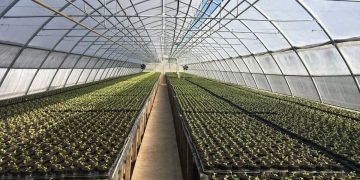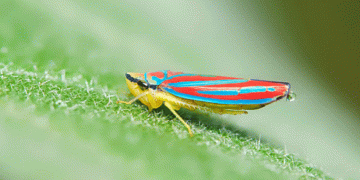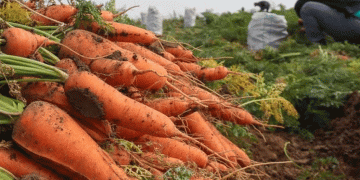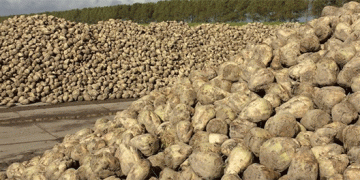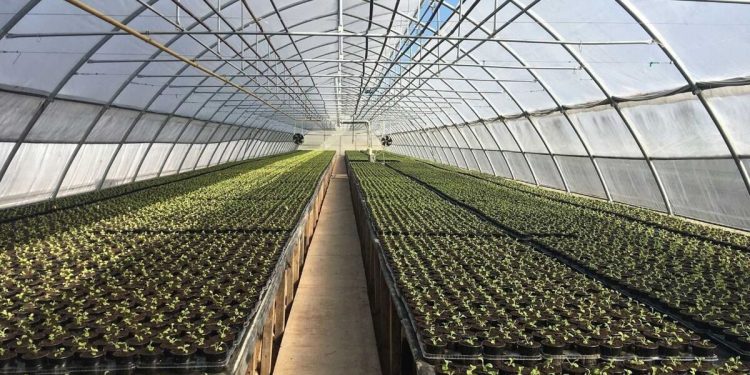We will immediately answer why Astrakhan vegetables for the most part leave their native land. It’s just that the regional Ministry of Agriculture does not seem to be particularly focused on processing them here, in the region. It is much easier to report tons of grown products than to make efforts to create processing enterprises. And in this direction, the Astrakhan region has nothing to boast of.
Remember the fairy tale about the turnip? She grew up big and big. And in order to extract a giant root crop from the ground, grandfather called the whole family with pets to boot. In the end, they did it. Only the fairy tale is silent about what happened next with this chant. Either they sold it, or they ate it, or they boasted to their neighbors. So in the Astrakhan region, almost like a fairy tale. The profile ministry willingly reports on grown vegetables, melons and potatoes. It reports on the positive dynamics, which, according to the reporting tradition, tends upwards. And about how its markets are expanding. But he tries to keep silent about the problematic moments.
Last week, at a regular meeting of the Regional Duma, two reports assessing the work of Astrakhan ministries for 2021 were considered. These are the “Consolidated annual report on the implementation and evaluation of the effectiveness of the state programs of the Astrakhan region” and “On the progress report on the implementation of the action plan for the Strategy for the socio-economic development of the JSC until 2035.” Each document is extensive, multi-page. Portal Infoshtab – Astrakhanpost.ru “dug” in these mines from numbers and percentages. Today, perhaps, we will tell you about what is happening in our agriculture.
A little explanation should be given here. 22 state programs are being implemented in the region. Plus – a program for the development of the Cossacks, which is not involved in the overall assessment of effectiveness. The final rating indicator is calculated on the basis of ratings according to complex criteria, taking into account their weighting coefficients. The system is, frankly, tricky. As a result of all these calculations points are set. From 8 to 10 – the first level. That is, the program is effective. From 5 to 8 points – the second level, or satisfactorily effective. Less than 5 points – the third level, ineffective.
So, the state program “Development of agriculture, food and fish industry” scored 9.05 points at the end of last year. This is the first level and the third rating place among all state programs. That is, the ministry worked effectively. But this is if you look at the report in general. Let’s try, however, to “get” into the details.
The goals of this agrarian document are very loud: “Increasing the role of the Astrakhan region in ensuring food security in Russia, meeting the needs of the population in the agricultural and fishing industries.” Judging by the estimates received, all this was achieved almost completely. It’s time to organize folk festivals with a round dance around the Minister of Agriculture Ruslan Pashayev and a solemn presentation of a freshly baked loaf to him.
